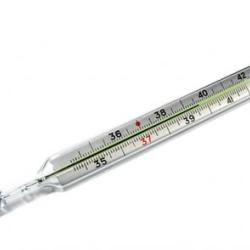Source Institutions
Source Institutions
Add to list Go to activity
Activity link broken? See if it's at the internet archive

In this activity (page 6 of the PDF), learners will observe both a chemical and a physical change. By experimenting with plaster of paris, students will differentiate between these types of changes, and will also learn what an exothermic (energy-releasing) reaction is. Though this activity is included as a pre-visit activity for a workshop about physical and chemical changes, it also is an excellent stand-alone activity. (Because plaster of paris can reach high temperatures, this activity requires close adult supervision and safety warnings are included in the activity instructions.)
- 30 to 45 minutes
- 4 to 24 hours
- Over $20 per group of students
- Ages 8 - 18
- Activity, Experiment/Lab Activity
- English
Quick Guide
Materials List (per group of students)
- plaster of paris
- styrofoam cup(s) for mixing
- mixing utensil, such as a stir stick, popsicle stick or plastic spoon
- water
- object(s) to plaster, such as inflated balloons or boxes
- newspaper cut into 2” strips
- thermometers
- worksheets
Subjects
-
Physical Sciences
-
Heat and Thermodynamics
- Heat and Temperature
- Heat Transfer
- Thermodynamics and Entropy
-
Chemistry
- Chemical Reactions
-
Heat and Thermodynamics
Informal Categories
- Arts and Crafts
Audience
To use this activity, learners need to:
- see
- read
- touch
Learning styles supported:
- Links STEM to other topics of interest such as arts and humanities
- Involves hands-on or lab activities
Other
Includes alignment to state and/or national standards:
This resource is part of:
Access Rights:
- Free access
By:
Rights:
- All rights reserved, COSI Columbus, 2009
